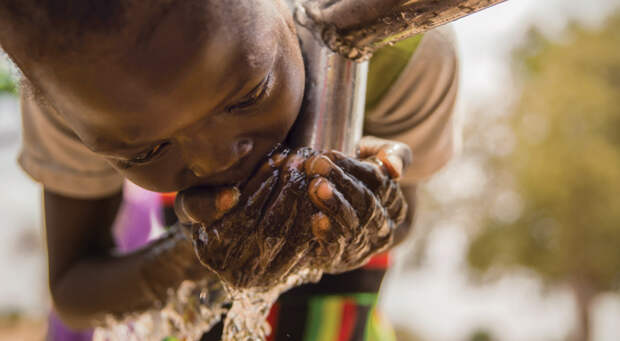Author: Alexandra Witze / Source: Science News

Freshwater is crucial for drinking, washing, growing food, producing energy and just about every other aspect of modern life.
Yet more than 2 billion of Earth’s 7.6 billion inhabitants lack clean drinking water at home, available on demand.A major United Nations report, released in June, shows that the world is not on track to meet a U.N. goal: to bring safe water and sanitation to everyone by 2030. And by 2050, half the world’s population may no longer have safe water.
Will people have enough water to live?
Two main factors are pushing the planet toward a thirstier future: population growth and climate change. For the first, the question is how to balance more people against the finite amount of water available.
Top 10 countries with lowest access to clean water near home

Sources: The Water Gap: State of the World’s Water 2018/WaterAid; The World Bank
India has improved water access in rural areas, but remains at the top of the list for sheer number of people (163 million) lacking water services. Ethiopia, second on the list with 61 million people lacking clean water, has improved substantially since the last measurement in 2000, but still has a high percentage of total residents without access.
Short of any major but unlikely breakthroughs, such as new techniques to desalinate immense amounts of seawater (SN: 8/20/16, p. 22), humankind will have to make do with whatever freshwater already exists.
Most of the world’s freshwater goes to agriculture, mainly to irrigating crops but also to raising livestock and farming aquatic organisms, such as fish and plants. As the global population rises, agricultural production rises to meet demand for more varied diets. In recent decades, the increase in water withdrawal from the ground or lakes and rivers has slowed, whether for agriculture, industries or municipalities, but it still outpaced the rate of population growth since 1940.
Water withdrawal is outpacing population growth

Sources: AQUASTAT/FAO; I.A. Shiklomanov/Water International 2000
That means every drop is increasingly precious — and tough choices must be made. Plant your fields with sugarcane to make ethanol for fuel, and you can’t raise crops to feed your family. Dam a river to produce electricity, and people downstream can no longer fish. Pump groundwater out for yourself, and your neighbor might just want to fight over it. Researchers call this the food-water-energy nexus and say it is one of the biggest challenges facing our increasingly industrialized, globalized and thirsty world.
“There just isn’t enough water to meet all our needs,” says Paolo D’Odorico, an environmental scientist at the University of California, Berkeley whose team analyzed the food-water-energy nexus in a paper published online April 20 in Reviews of Geophysics.
Overall, the energy sector is expected to consume more and more water in decades to come. And sometimes what sounds like a good idea — such as switching to renewable energy sources to reduce carbon emissions — might help in one area but hurt in another. For example, it can take more water to grow biofuel crops than to consume…
The post Science News Comment Policy appeared first on FeedBox.